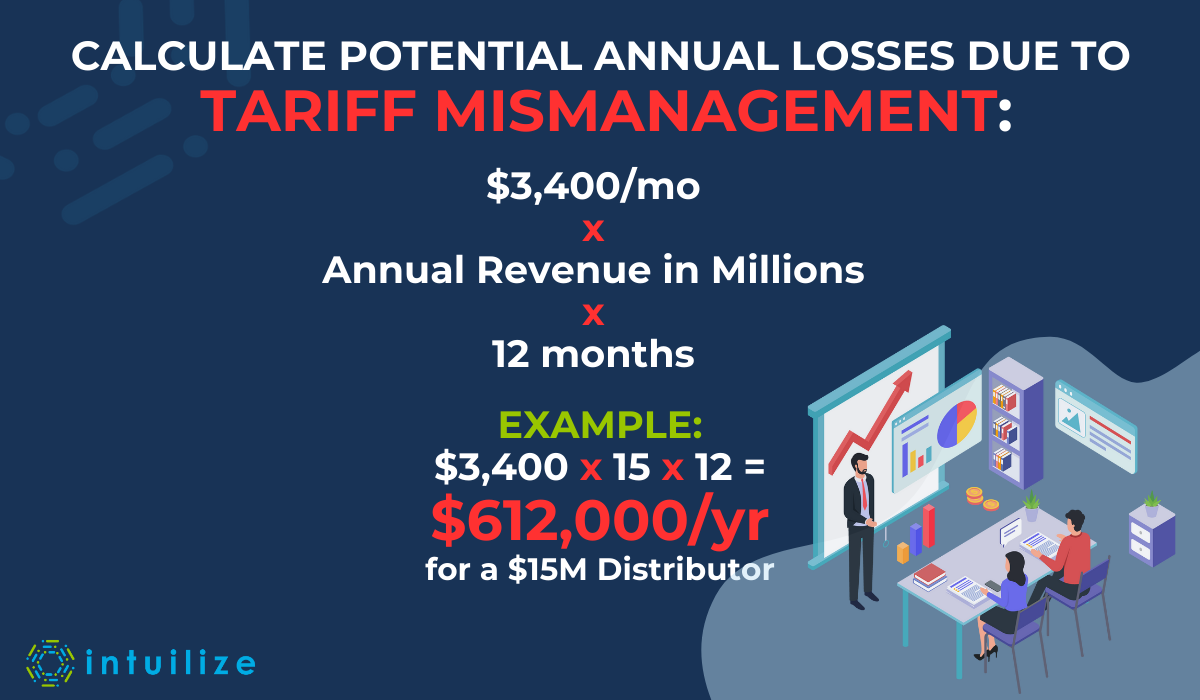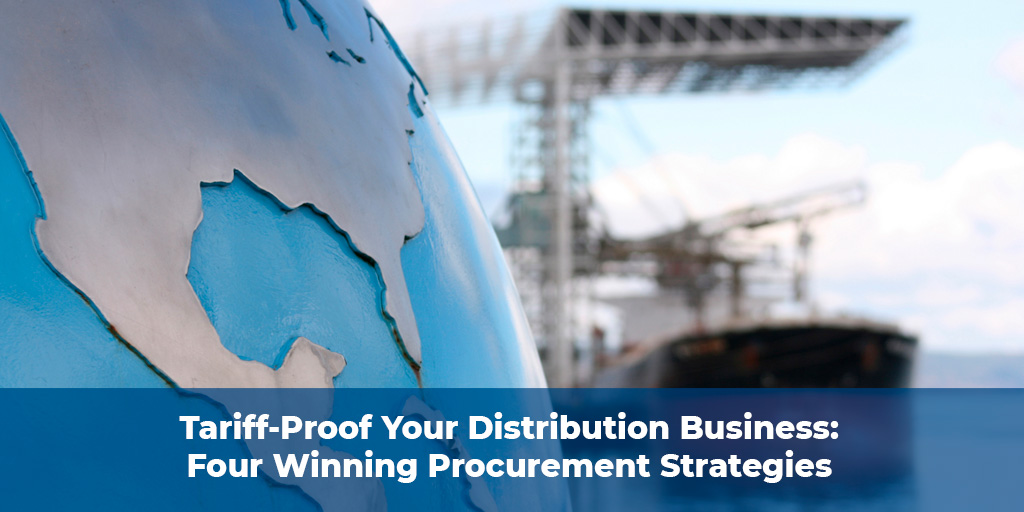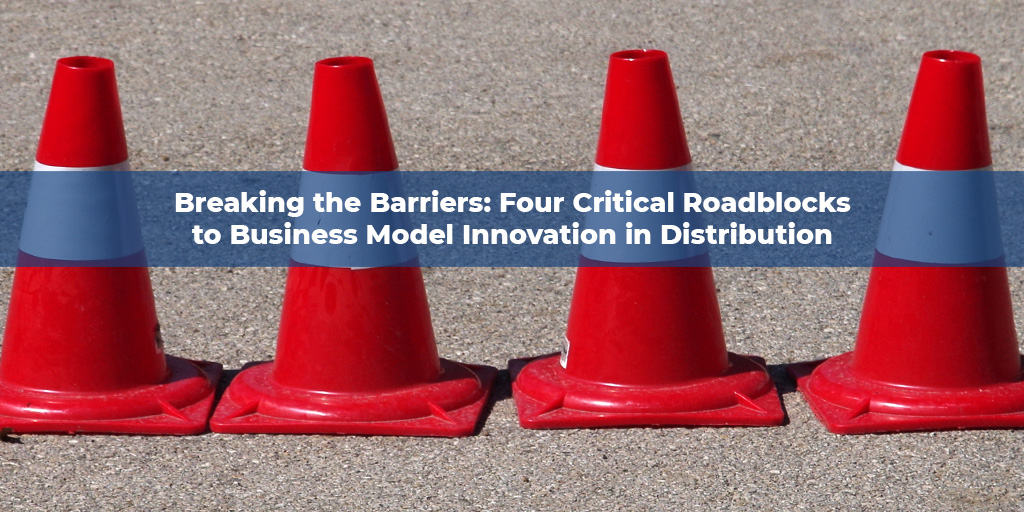Last week's workshop revealed the three critical breakpoints causing tariff chaos for mid-market distributors—and the 5-step framework that's helping companies turn uncertainty into competitive advantage. Plus: Why 90% of distributors are missing a goldmine hiding in their data.
From Tariff Chaos to Control: Key Insights from Our June 11th Workshop
How industrial distributors are turning tariff uncertainty into competitive advantage
Mid-market distributors are struggling with inconsistent vendor notifications, outdated ERP systems, and rising customer demands for pricing transparency. Poor tariff management is costing them up to 7.6% in margins, with tariffs on key imports adding pressure. One $45M distributor faced $250,000 in annual losses due to delayed pricing updates, risking $1M+ in losses over four years without changes.
The Critical Event: Three Breakpoints Creating Chaos
Workshop participants identified three critical breakpoints disrupting their operations:
-
Inconsistent Vendor Notifications - Mixed communication formats across suppliers
-
ERP System Configuration Gaps - Legacy systems lacking tariff-specific capabilities
-
Customer Communication Disconnect - Difficulty explaining increases without clear justification
The Decision Framework: 5 Steps to Control
Step 1: Prioritize Product Categories
Create a common language across your organization. With thousands of SKUs, you need systematic categorization to focus efforts on Critical A & B products first.
Step 2: Identify Cost Capture Points
The goldmine insight: "In my 29 years in this industry, 90% of distributors don't use vendor quote data, which is gold."
Capture costs at three critical points:
-
Vendor announcements (forward-looking protection)
-
Purchase order creation (accurate order costing)
-
Inventory receipt (final landed cost accuracy)
Step 3: Establish Pricing Scenarios
Workshop reality check: While distributors initially think they'll use direct pass-through (78%), the actual implementation breakdown is:
Step 4: Configure Your ERP System
Don't wait for perfect solutions. Use practical workarounds like "shadow tables" to track tariff components when your ERP lacks dedicated fields.
Step 5: Segment Customer Communication
-
Strategic accounts: Personal meetings, collaborative approach
-
Core accounts: Professional communication with phone follow-up
-
Standard accounts: Systematic email communication
The Competitive Advantage Test
Ask yourself: "If the administration announced tomorrow that all tariffs were going to 150% or 0%, how quickly could you respond?"
If you can't confidently say "within 48 hours," you need the systematic approach we outlined.
Get the Complete Framework: Our comprehensive Implementation Guide includes the assessment matrix, ERP configuration examples, and customer communication templates referenced in the workshop.
The Bottom Line: The distributors implementing these frameworks now won't just survive tariff volatility—they'll gain competitive advantage while others struggle with reactive approaches.
Questions about implementation? Schedule a complimentary consultation to discuss your specific situation.
What's Next: August Workshop Preview
"Stop the Bleeding: The Half-Million Dollar Pricing Leak Every Distributor Must Fix Now"
August 20, 2025 Time: 2 PM EDT
Every $15M distributor is losing $50,000+ monthly to pricing leaks - that's over half a million dollars disappearing annually. For larger distributors, the losses are even more staggering. But here's the breakthrough: 82% of this bleeding is completely preventable. We'll show you exactly how leading distributors are plugging these profit leaks and turning pricing from a drain into a competitive weapon, improving margins by 3-5% in months, not years.
From Our Clients: "Within 3 months we saw a return on our investment - and 9 months down the road we're seeing an even larger return. The data is not going to lie." - CFO of a $145M Fastener Distributor
About Intuilize:
Intuilize helps mid-market distributors optimize pricing and inventory with AI-powered solutions designed specifically for companies with $25M-$150M in revenue.












